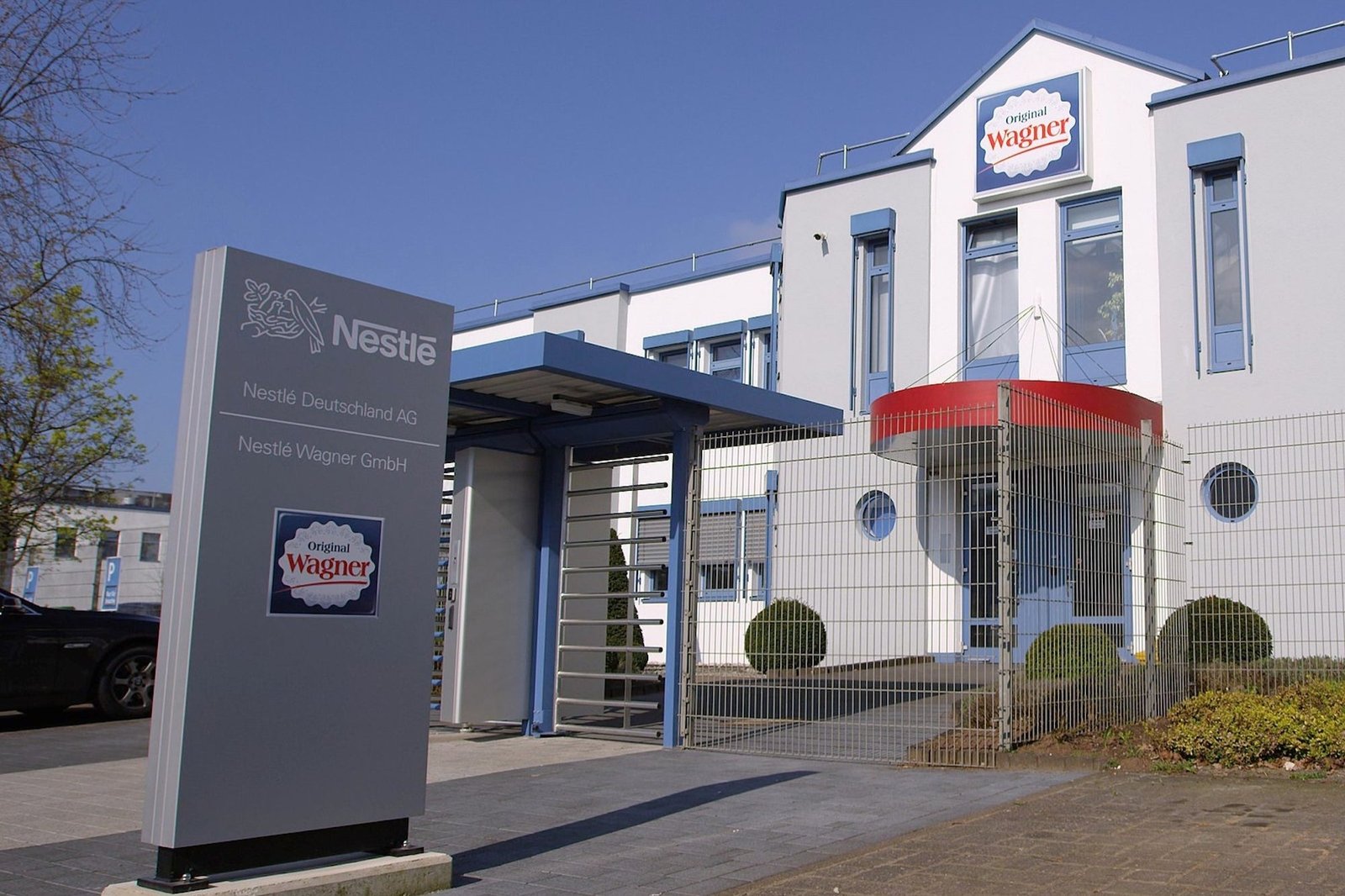Dry Needling vs. Acupuncture: Unraveling the Pointed Differences
In the realm of alternative therapies, two practices that often get tangled up are dry needling and acupuncture. While they may seem similar at first glance, they are distinct techniques with different origins, applications, and philosophies. In this comprehensive guide, we’ll delve deep into the world of dry needling and acupuncture, drawing a clear line between these needle-based therapies.

Introduction
When it comes to holistic healing, dry needling and acupuncture are often mentioned in the same breath. Both involve the insertion of fine needles into specific points on the body, but that’s where the similarities end. Let’s embark on a journey to explore the contrasting aspects of these therapies.
Origins and History
Dry Needling: This technique originated in the Western world and is rooted in the principles of modern anatomy and physiology. It was developed as a treatment primarily for musculoskeletal conditions and pain management.
Acupuncture: With its origins in Traditional Chinese Medicine (TCM), acupuncture dates back thousands of years. It’s based on the belief that the body’s vital energy, known as Qi, flows through meridians, and the insertion of needles can balance this energy.
Philosophy and Principles
Dry Needling: It focuses on identifying and targeting trigger points in muscles to release tension and alleviate pain. The underlying theory is based on Western medicine and neurophysiology.
Acupuncture: TCM practitioners believe that stimulating specific acupuncture points can restore the balance of Qi, promoting overall health and wellness. It operates on the principles of Yin and Yang, as well as the Five Elements.
Needles and Techniques
Dry Needling: Typically, solid filiform needles are used, and the technique is primarily directed towards trigger points or myofascial knots.
Acupuncture: Hair-thin, flexible needles are used, and they are inserted into meridians or energy pathways, aiming to affect the flow of Qi.
Conditions Treated
Dry Needling: It is commonly used to treat musculoskeletal issues such as back pain, muscle spasms, and sports injuries.
Acupuncture: Acupuncture is a holistic therapy that can address a wide range of conditions, including chronic pain, stress, fertility problems, and digestive disorders.
Certification and Training
Dry Needling: Practitioners typically require certification or training in physical therapy, chiropractic care, or similar fields.
Acupuncture: Acupuncturists undergo extensive training in TCM, which includes learning about meridians, Qi, and traditional diagnostic methods.
Safety
Both dry needling and acupuncture are generally safe when performed by trained and qualified practitioners. However, there may be slight differences in the risk of adverse effects.
Pain Perception
Dry Needling: Patients might experience mild discomfort, often described as a “twitch response,” when a trigger point is needled.
Acupuncture: Acupuncture is known for its gentle and virtually painless needling process, with most patients reporting minimal sensation.
Effectiveness
The effectiveness of both therapies can vary depending on the condition being treated and the individual’s response. Some find relief through dry needling for specific muscular issues, while others may benefit more from the holistic approach of acupuncture.
Patient Experience
Dry Needling: Patients often report immediate relief in the targeted muscle groups, making it a preferred choice for acute pain management.
Acupuncture: Acupuncture treatments may involve a series of sessions and are often perceived as deeply relaxing, with benefits accumulating over time.
Cost Considerations
Dry Needling: It is generally more cost-effective, as it is often administered by physical therapists or chiropractors as part of a broader treatment plan.
Acupuncture: Acupuncture sessions can be costlier, reflecting the extensive training and holistic nature of the therapy.
Integration with Modern Medicine
Dry Needling: It is often integrated into physical therapy or rehabilitation programs, complementing conventional medical treatments.
Acupuncture: While it can be used as a standalone therapy, some individuals incorporate acupuncture into their overall healthcare regimen.
Popularity and Accessibility
Dry needling is more prevalent in Western countries, while acupuncture enjoys global popularity, with practitioners and clinics widely available.
Conclusion
In the world of alternative therapies, dry needling and acupuncture stand as unique and distinct practices. While dry needling is rooted in modern anatomical and physiological principles, acupuncture traces its origins back thousands of years to the philosophy of Traditional Chinese Medicine. Both have their merits, and the choice between them should be based on individual needs and preferences.
FAQs
- Are dry needling and acupuncture equally effective for pain relief?
- The effectiveness may vary from person to person and the specific condition being treated. Some individuals find relief through dry needling, while others prefer acupuncture.
- Is acupuncture only used for pain management?
- No, acupuncture can be used to address a wide range of physical and mental health concerns beyond pain, including stress, digestive issues, and fertility problems.
- Are there any potential side effects of dry needling or acupuncture?
- While both therapies are generally safe, there can be mild side effects such as bruising, soreness, or temporary discomfort at the needling site.
- How many sessions of acupuncture are typically needed to see results?
- The number of sessions required varies depending on the individual and the condition being treated. Some individuals experience benefits after just a few sessions, while others may need ongoing treatment.
- Can dry needling or acupuncture be used alongside conventional medical treatments?
- Yes, both dry needling and acupuncture can complement conventional medical treatments and may be integrated into a comprehensive healthcare plan.










